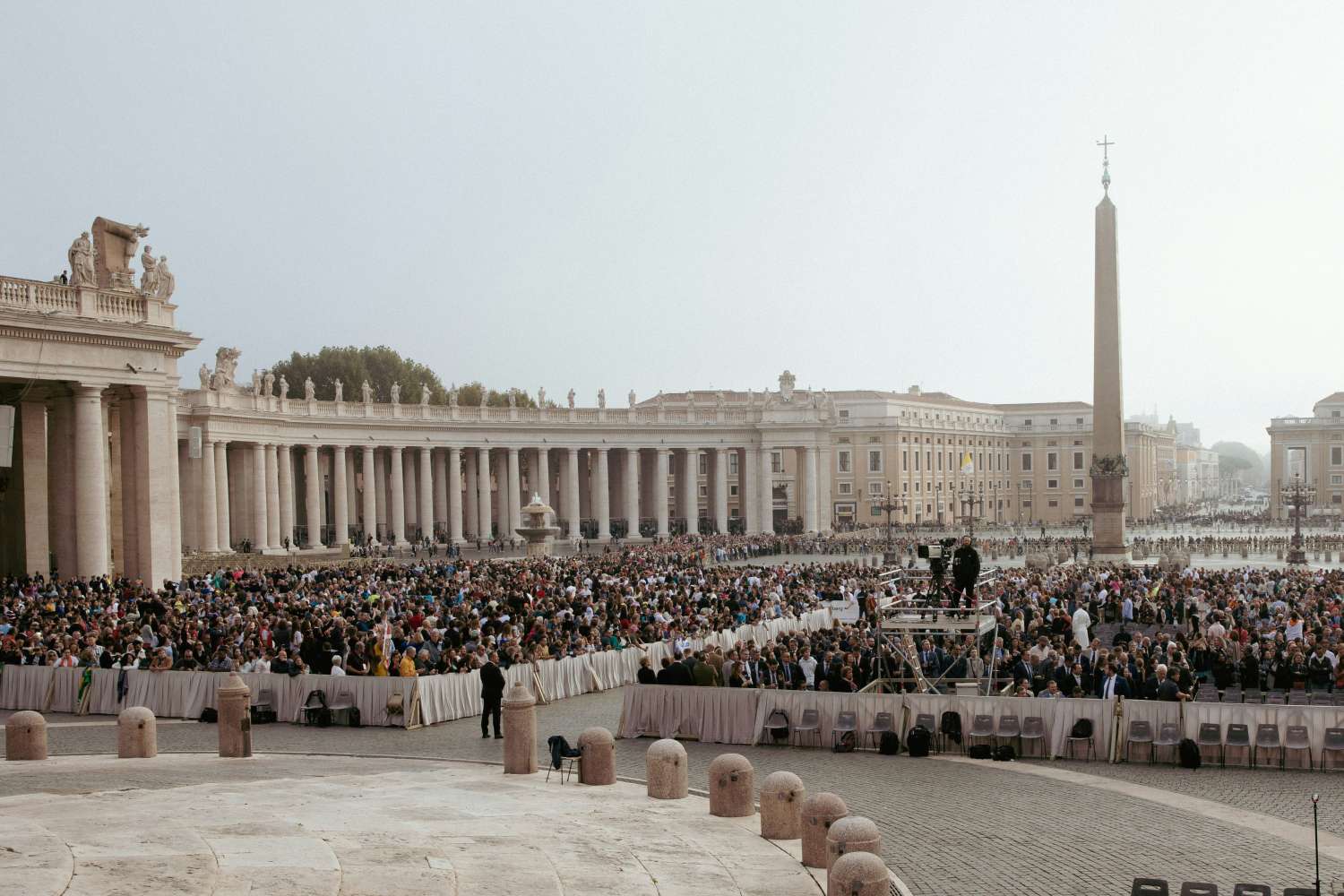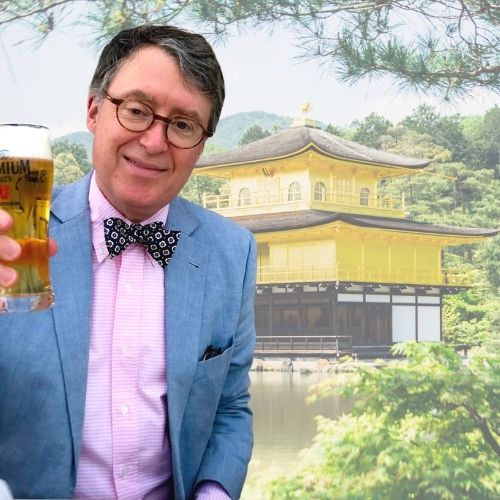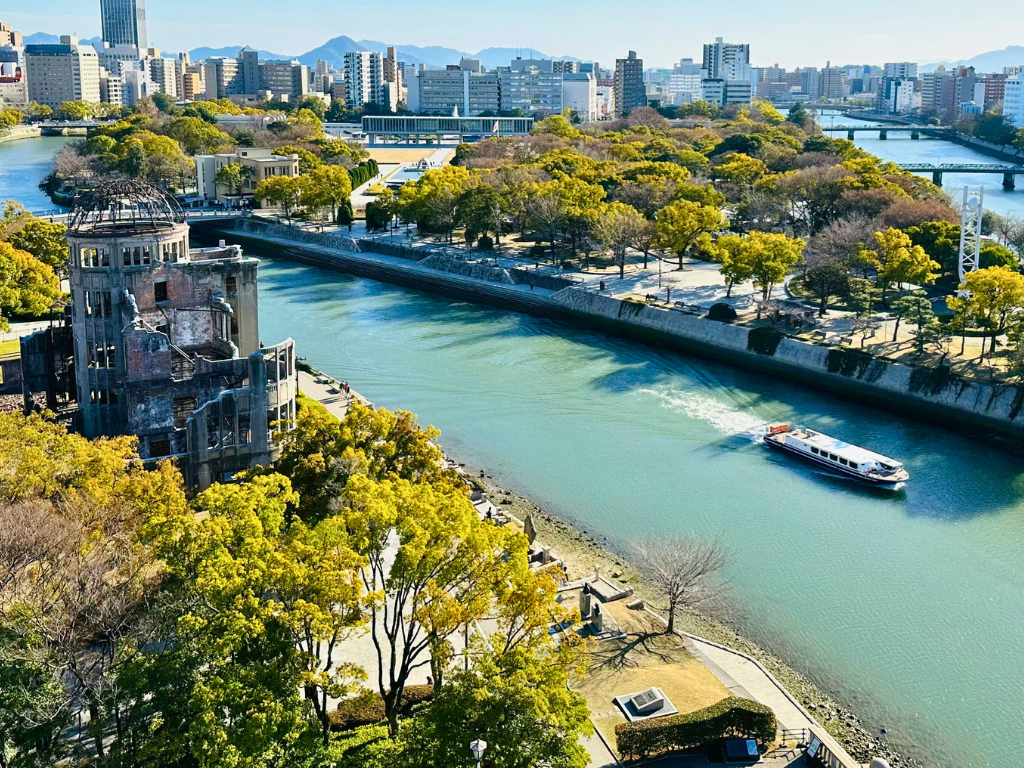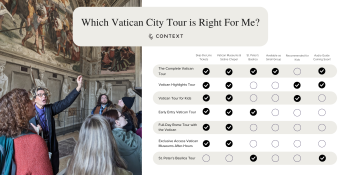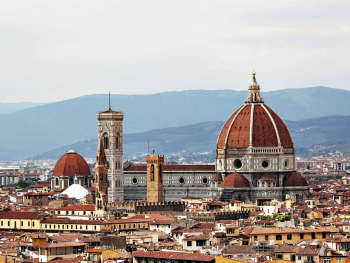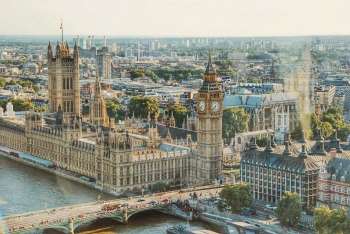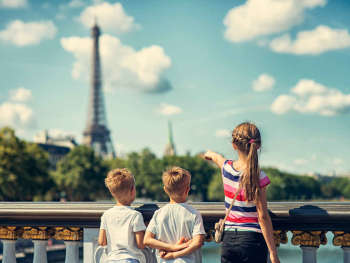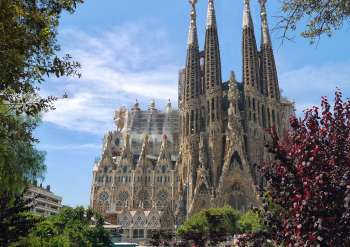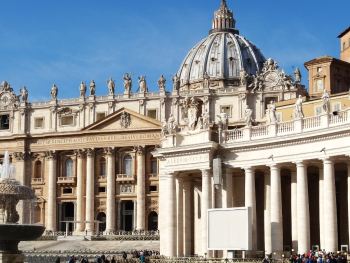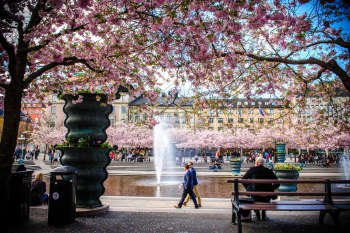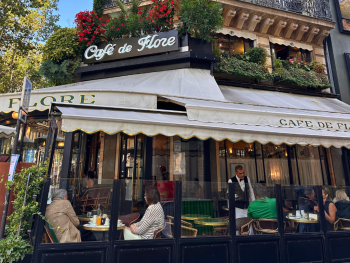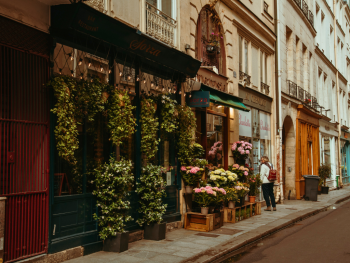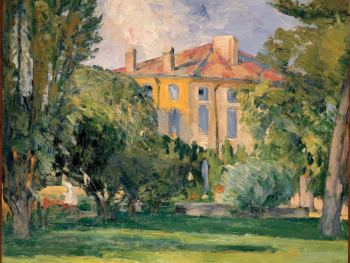In 2025, all eyes are on Rome. With the Jubilee drawing millions of expected pilgrims and the Oscar-nominated movie Conclave sparking renewed curiosity about Vatican traditions, interest in papal processes has never been higher.
In addition, the passing of His Holiness Pope Francis on April 21, 2025 and recently ended conclave, in which Robert Prevost was elected Pope Leo XIV, have brought even greater global attention to the Vatican.
This guide will walk you through the key Vatican customs during a papal transition, provide insights into what to expect in the city, and most importantly—help you travel with confidence and peace of mind.
Understanding the Vatican's Traditions
Sede Vacante: The Time Between Popes
The passing of a pope initiates a period known as "sede vacante"–in Latin meaning "the seat being vacant." During this time, the Church follows specific rituals leading up to the election of a new pope. You might have seen some of these in movies or TV shows, but in reality, they are deeply rooted in history and symbolism.
Following a pope’s death, nine days of mourning, known as novemdiales, are observed. Each day features specific Masses and prayers, allowing cardinals and the faithful to honor the deceased pontiff and seek guidance for the forthcoming election.
Additionally, the Camerlengo, the Vatican official in charge during the sede vacante, performs important rituals such as the ceremonial destruction of the pope’s Fisherman’s Ring, which symbolizes the end of the late pope’s authority and prevents forgery of official documents.
The Secret Meeting: The Conclave
Then, the conclave begins. This is the sequestered meeting of the cardinals to elect the new pontiff. This process is rich in tradition, dating back to 1274 when Pope Gregory X decreed that cardinals be locked inside cum clave–"with a key"–and were locked inside the Sistine Chapel to prevent external, political, or public influence and ensure a free and contemplative election process.
The shortest conclave in papal history lasted a few hours on October 1, 1503, when Pope Julius II (Giuliano della Rovere) was elected. His election was essentially pre-arranged as he was already a dominant figure in the Church. According to history, the longest conclave lasted nearly three years (1268–1271) and resulted in the election of Pope Gregory X. The cardinals, meeting in Viterbo (before conclaves were moved to the Sistine Chapel), were so indecisive that the locals locked them in, reduced their food rations, and even removed the roof to force a decision.
This event led to new rules, established in 1996 and 2013 to speed up future conclaves and ensure that conclaves today do not drag on indefinitely, unlike in the past!
The 2025 Conclave
The conclave lasts until the cardinals come to a two-thirds majority vote. The first vote took place in the evening of May 7th, and the new Pope was elected on Thursday, May 8th.
The 2025 conclave was the largest and most diverse conclave in the Vatican's history. By the end of his papacy, Pope Francis had reshaped the College of Cardinals in a strikingly global way—appointing a record number of non-European members, many from the Global South where Catholicism is rapidly growing. In total, there are 71 countries represented in this conclave.
This year, 82 of the 135 cardinals eligible to vote in the conclave came from outside Europe, and 80% of these electors (108 in total) were named by Francis himself.
Cardinals over the age of 80 are not eligible to vote, and two cardinals were absent this year due to health reasons. This means 133 cardinals voted in the 2025 conclave.
White or Black Smoke? The Vatican’s Secret Signal
The conclusion of the conclave and the election of a new pope is announced by the iconic smoke signals from the Sistine Chapel, a tradition that has been in place since the late 19th century. The first white smoke signal to officially identify an election was used in 1914 for the election of Benedict XV. After each voting session, ballots are burned; chemicals are added to produce black smoke for an inconclusive vote and white smoke when a new pope is elected. This visual cue informs the public of the conclave's progress.
Visiting Rome During This Time
Historically, the Vatican Museums have remained open during the conclave, except the Sistine Chapel, which is closed to accommodate the proceedings. St. Peter's Basilica may also have altered hours to prepare for ceremonies. The dates for reopening the Sistine Chapel have yet to be announced, as of May 9th, 2025.
Explore Outside Rome
Rome is a vast city with plenty to offer, so even if some Vatican sites have limited access, your experience will still be memorable and enriching.
A Gentle Reminder
Following the passing of His Holiness Pope Francis on April 21, 2025 and the end of the conclave on May 8th, we are closely monitoring venue closures and will follow the Vatican’s instructions as soon as they are received. Clients with tours booked during this time will be promptly informed of any changes or disruptions. We will ensure clear communication regarding how your visit may be impacted, and your patience is appreciated as we work through any adjustments.
We hope this guide helps you travel with confidence, knowing that we are dedicated to providing you with the best possible experience during this important time within the Vatican City.
Note: This information is based on current reports and is subject to change. Last update: May 9, 2025.
